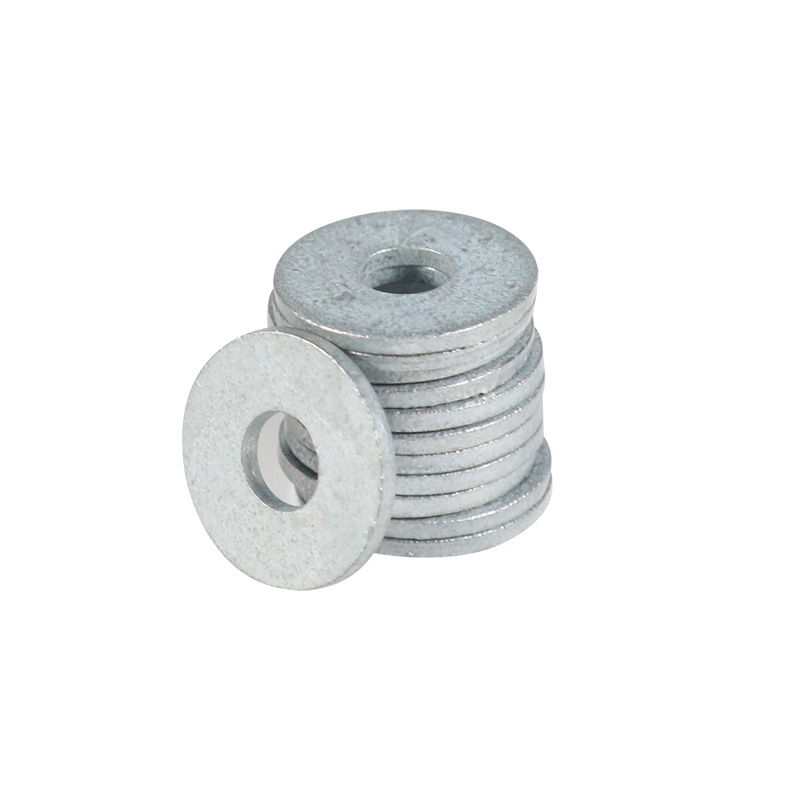

Hex Flanged Lock Nut for Secure Fastening Solutions in Industrial Applications
Nov . 11, 2024 00:14 Back to list
Hex Flanged Lock Nut for Secure Fastening Solutions in Industrial Applications
Understanding Hex Flange Lock Nuts Design, Function, and Applications
Hex flange lock nuts are among the many types of fasteners used in various applications, particularly in industries requiring reliable assembly and resistance to vibration. Characterized by their hexagonal shape and a built-in flange, these nuts offer a unique blend of functionality and ease of use, making them a popular choice for both industrial and consumer applications.
Design Features
The primary distinguishing feature of a hex flange lock nut is its integrated flange, which serves a dual purpose. Firstly, the flange increases the bearing surface area, distributing the load more evenly and preventing damage to the surface beneath. This is particularly beneficial when securing materials that are softer or more susceptible to deformation. Secondly, the flange aids in locking the nut in place, reducing the likelihood of loosening due to vibrations. The hexagonal shape of the nut allows for easy tightening and loosening with standard tools, enhancing its usability.
Hex flange lock nuts typically come in various materials, including steel, stainless steel, and plastic. The choice of material often depends on the application environment; for instance, stainless steel offers excellent corrosion resistance, making it suitable for outdoor or marine applications where exposure to moisture is a concern.
Functionality and Performance
One of the standout features of hex flange lock nuts is their locking mechanism
. They are designed to provide superior resistance to loosening compared to standard nuts. This is achieved through several means, including variations in thread design and the presence of nylon inserts, which expand when tightened. This friction increase between the nut and the bolt threads prevents the nut from loosening, a critical feature in applications involving machinery and automotive components.hex flange lock nut

In addition to their locking capabilities, hex flange lock nuts can accommodate a variety of bolt sizes and thread patterns. This versatility makes them suitable for a wide range of mechanical assemblies, from automotive to aerospace, and even household projects.
Applications
Hex flange lock nuts are commonly used in automotive assemblies where vibrations are prevalent. For example, in engine mounts and suspension systems, these nuts ensure that critical components remain securely fastened despite the dynamic forces at play. In the construction industry, they are frequently employed in structural steel connections and in heavy machinery, contributing to the overall integrity and safety of the structures.
Beyond industrial uses, hex flange lock nuts are also prevalent in consumer products, such as furniture and bicycles, where reliability and stability are essential. Their ease of installation and removal makes them a favorite among DIY enthusiasts and professionals alike.
Conclusion
In summary, hex flange lock nuts are a fundamental component in various mechanical assemblies, thanks to their unique design and reliable performance. The combination of their hexagonal shape, integrated flange, and locking features provides an effective solution to the challenges of loosening due to vibration. Whether in heavy machinery, automotive applications, or everyday products, hex flange lock nuts play a crucial role in maintaining the safety and functionality of assembled goods. As industries continue to evolve and demand higher standards in fastening solutions, the importance of reliable fasteners like hex flange lock nuts remains unwavering. Proper selection and application of these nuts can enhance the longevity and safety of machinery and structures alike, underscoring their value in modern engineering and construction practices.
Latest news
-
Hot Dip Galvanized Bolts-About LongZe|High Strength, Corrosion Resistance
NewsJul.30,2025
-
High-Strength Hot Dip Galvanized Bolts - Hebei Longze | Corrosion Resistance, Customization
NewsJul.30,2025
-
Hot Dip Galvanized Bolts-Hebei Longze|Corrosion Resistance&High Strength
NewsJul.30,2025
-
High-Strength Hot-Dip Galvanized Bolts-Hebei Longze|Corrosion Resistance&High Strength
NewsJul.30,2025
-
Hot Dip Galvanized Bolts-Hebei Longze|Corrosion Resistance&High Strength
NewsJul.30,2025
-
Hot Dip Galvanized Bolts - Hebei Longze | Corrosion Resistance, High Strength
NewsJul.30,2025

